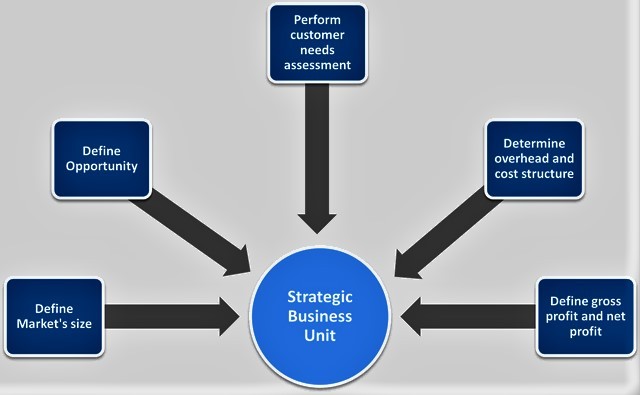In today’s fast-paced business environment, organizations must continuously adapt and innovate to maintain a competitive edge. One of the most effective ways to achieve this is through strategic synergies—Kooperationen between businesses or departments that leverage complementary strengths to drive mutual growth and success. This approach can significantly enhance organizational performance and growth when executed with precision and strategic insight.

Understanding Strategic Synergies
Strategic synergies occur when two or more entities collaborate to achieve outcomes that would be unattainable individually. These synergies can manifest in various forms, such as joint ventures, strategic alliances, partnerships, or internal cross-departmental collaborations. The fundamental idea is to combine resources, expertise, and market reach to create a competitive advantage that is greater than the sum of its parts.
Key Benefits of Strategic Synergies
- Resource Optimization: One of the primary advantages of strategic synergies is the efficient use of resources. By pooling financial, technological, and human resources, organizations can reduce redundancies and optimize operational efficiency. For instance, joint ventures can share research and development costs, allowing for accelerated innovation without bearing the entire financial burden.
- Enhanced Market Reach: Collaborations often provide access to new markets and customer segments. Strategic partnerships can enable organizations to expand their geographical reach and tap into new customer bases. This increased market presence not only drives revenue growth but also enhances brand visibility and recognition.
- Shared Expertise and Knowledge: Effective cooperations allow organizations to benefit from each other's expertise and knowledge. This exchange of insights can lead to improved problem-solving capabilities, innovative solutions, and best practices that drive overall business improvement. For example, technology firms partnering with research institutions can access cutting-edge developments and accelerate technological advancements.
- Increased Competitive Advantage: Strategic synergies can create a more formidable competitive position by combining strengths and mitigating weaknesses. This can result in a more resilient business model capable of withstanding market fluctuations and competitive pressures. For example, a company with strong distribution channels might partner with a firm with robust product development capabilities, creating a stronger market presence.
- Risk Mitigation: Collaborations can also help in spreading risk. By sharing responsibilities and investments, organizations can minimize their exposure to potential losses. This risk-sharing approach is particularly valuable in high-stakes projects or ventures involving significant capital investment.
Implementing Effective Cooperations
To leverage strategic synergies successfully, organizations must approach collaborations with a well-defined strategy and clear objectives. Here are some essential steps to ensure effective cooperation:
- Align Objectives: Before entering into a partnership or collaboration, it is crucial to ensure that both parties have aligned goals and expectations. Clear communication and understanding of each organization’s objectives can prevent conflicts and ensure a mutually beneficial outcome.
- Establish Clear Roles and Responsibilities: Defining roles and responsibilities is vital for avoiding misunderstandings and ensuring that each party contributes effectively to the collaboration. A well-structured agreement that outlines specific responsibilities, performance metrics, and timelines can facilitate smooth operations.
- Foster Open Communication: Maintaining open lines of communication throughout the collaboration is essential for addressing issues promptly and ensuring that both parties remain engaged and informed. Regular meetings and progress updates can help in identifying and resolving potential challenges.
- Monitor and Evaluate Performance: Implementing a system for monitoring and evaluating the performance of the collaboration is crucial for assessing its effectiveness and making necessary adjustments. Key performance indicators (KPIs) and regular performance reviews can provide valuable insights into the success of the partnership.
- Build Trust and Relationships: Trust and strong relationships are the foundation of any successful cooperation. Investing in building and maintaining positive relationships with partners can lead to more effective collaboration and long-term success.
Conclusion
Strategic synergies offer a powerful means for organizations to enhance growth, optimize resources, and achieve competitive advantages. By fostering effective cooperations and leveraging complementary strengths, businesses can navigate the complexities of the modern market with greater agility and success. With careful planning, clear communication, and a focus on mutual benefits, strategic synergies can become a cornerstone of organizational growth and achievement.
 icons at the top right corner of the subsection.
icons at the top right corner of the subsection.